
Quick Tip to Find the Center of a Circle with a Square
George VondriskaIf you think that framing squares only belong on a construction job site, you couldn’t be more wrong. They’re also very useful to have in your shop. Here’s a great example. Need to find the center of a circle? You may not believe it, but you can easily do this with a framing square. There are a handful of things you have to watch out for as you’re setting up the process, but we point them all out in this video. You won’t believe how easy this is to do.
How simple is it?
All that’s involved to make this happen, and make it happen accurately, is careful alignment between the legs of the square and the circle itself. If you take your time and pay attention as you do this step, your accuracy on locating the center of the circle will be very good.
More with framing squares
Framing squares are definitely not one trick ponies. There are many more ways you can use them in your shop. Have a look at these other great tricks:
- Make a circle with a framing square
- Use a framing square as a cutting guide
- Set angles on your miter gauge with a framing square
You can see what an amazingly versatile tool a framing square is. These are great tools to have in the shop, providing A LOT of bang for the buck.
Share tips, start a discussion or ask one of our experts or other students a question.
Already a member? Sign in
8 Responses to “Quick Tip to Find the Center of a Circle with a Square”
Explore videos by George Vondriska
You may be interested in
Premium Membership
Unlock exclusive member content from our industry experts.
- 24/7 Access to Premium Woodworking Videos, Projects, and Tips
- Step-by-Step Instructional Demos, Plans, and Tutorials
- 50% Off Video Downloads Purchased in the Woodworkers Guild of America Shop
- 2 Printable Woodworking Plans
Unlock exclusive member content from our industry experts.
- 24/7 Access to Premium Woodworking Videos, Projects, and Tips
- Step-by-Step Instructional Demos, Plans, and Tutorials
- 50% Off Video Downloads Purchased in the Woodworkers Guild of America Shop
- 2 Full-Length Video Downloads to Watch Offline
- 2 Printable Woodworking Plans
Gold Membership
$370 Value
Get everything included in Premium plus exclusive Gold Membership benefits.
- 24/7 Access to Premium Woodworking Videos, Projects, and Tips
- Step-by-Step Instructional Demos, Plans, and Tutorials
- 8 Full-Length Video Downloads to Watch Offline
- 3 Full-Length Woodworking Classes to Keep for Life
- 7 Printable Woodworking Plans
- Discounts on Purchase-to-Own Content in the Woodworkers Guild of America Shop
- Access to Ask the Expert Program
- Exclusive GOLD LIVE Streaming Events
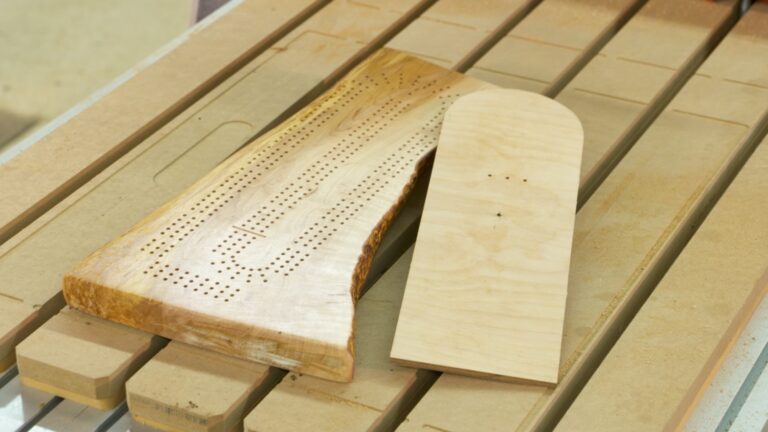


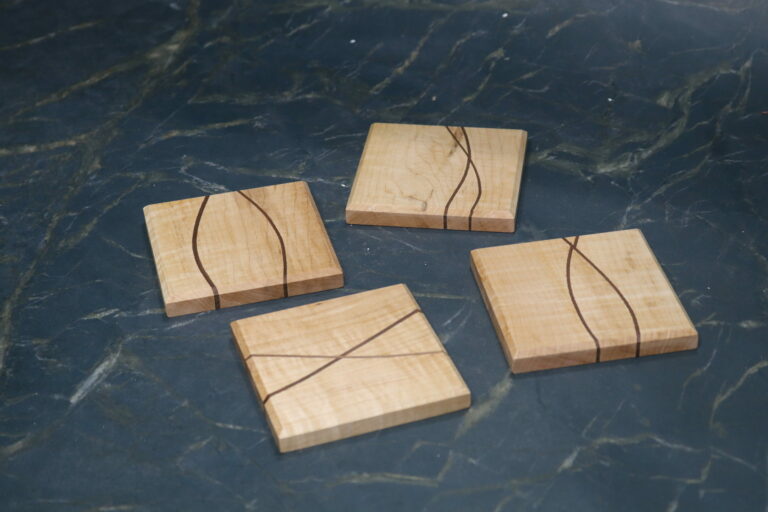
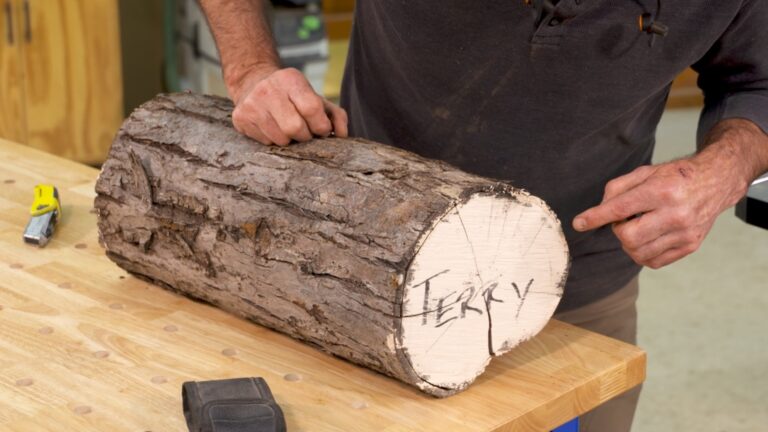
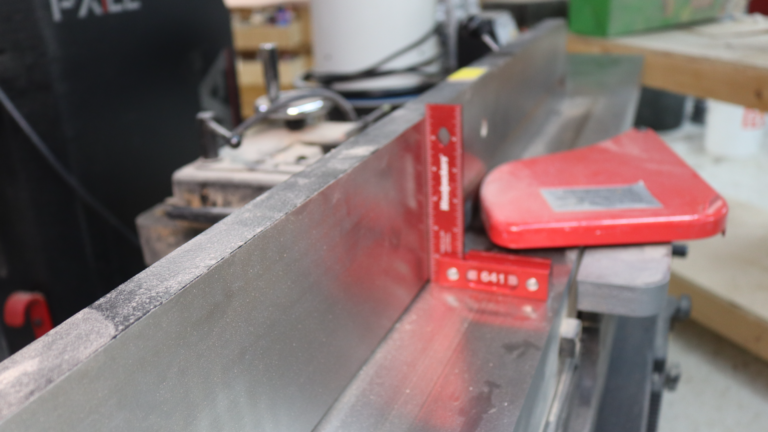
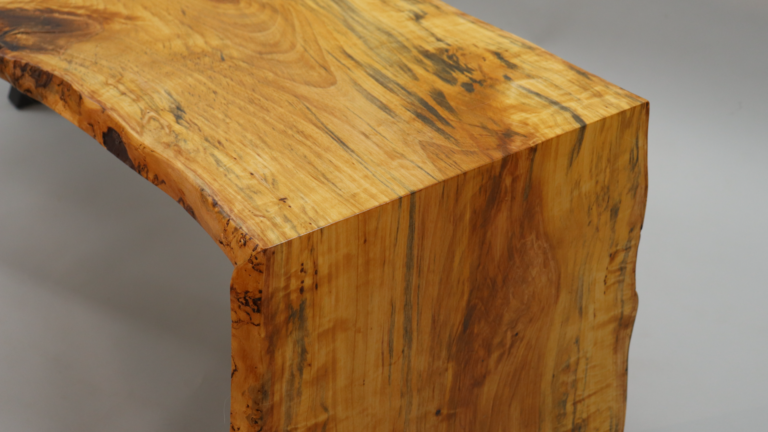


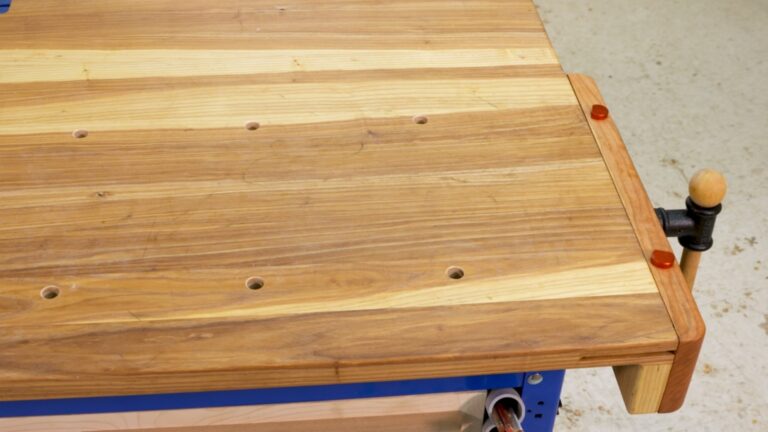





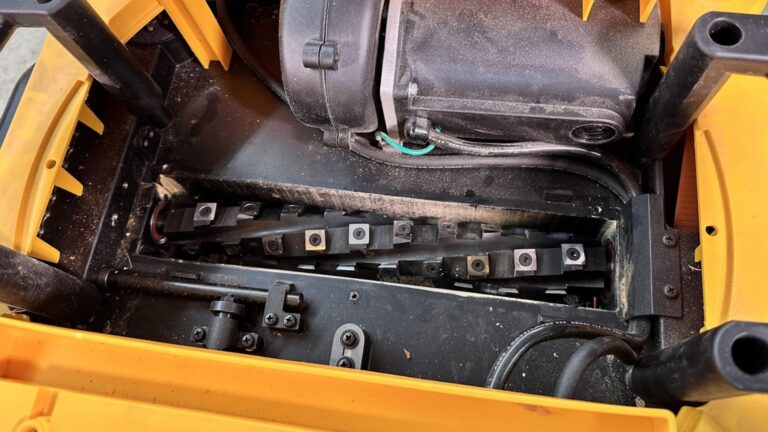
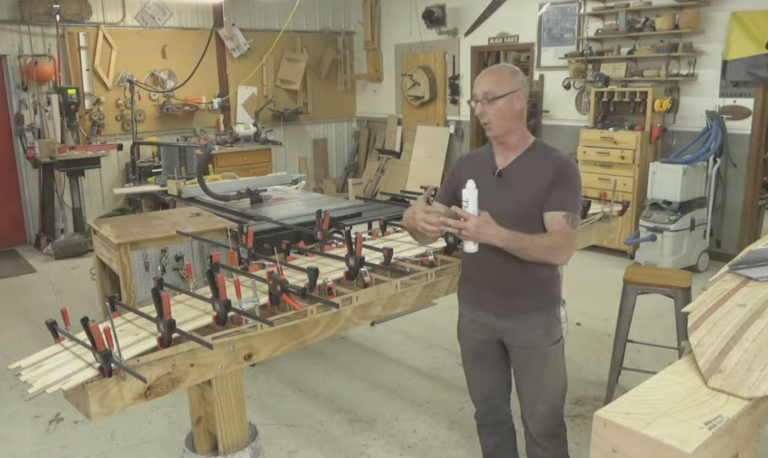



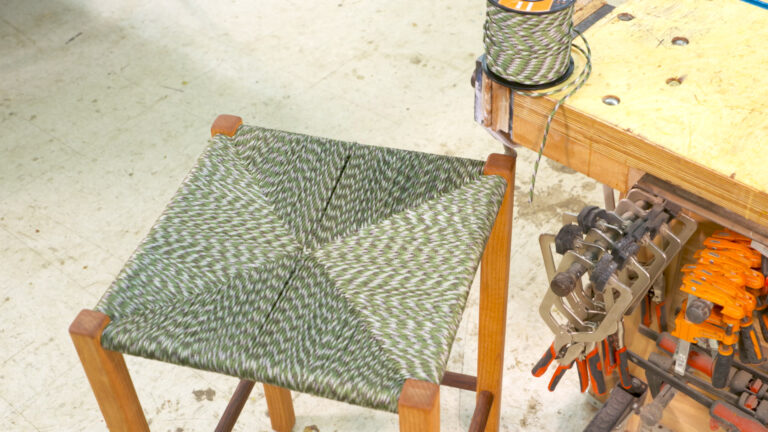
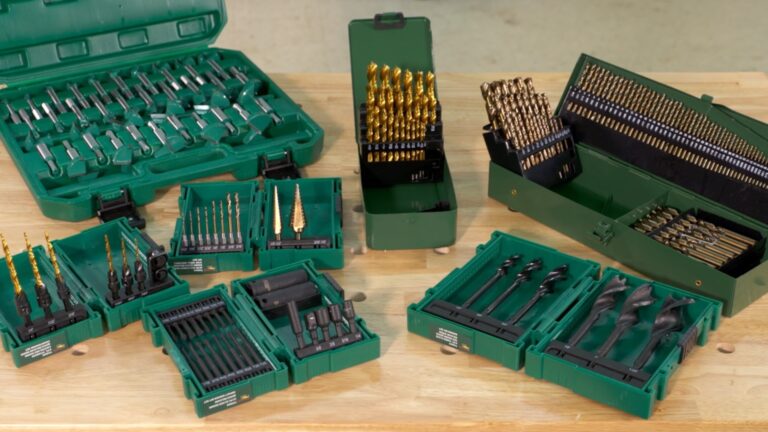




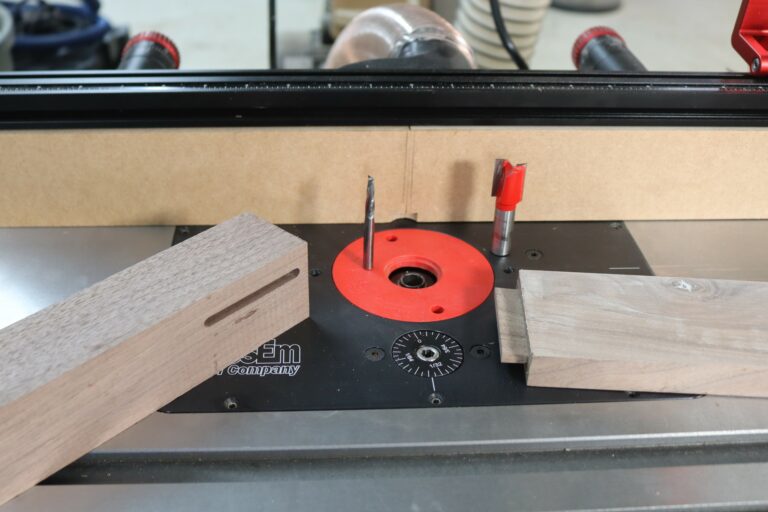
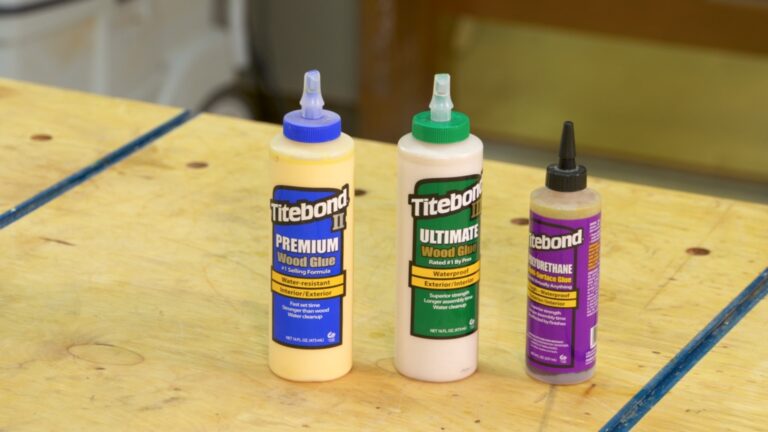
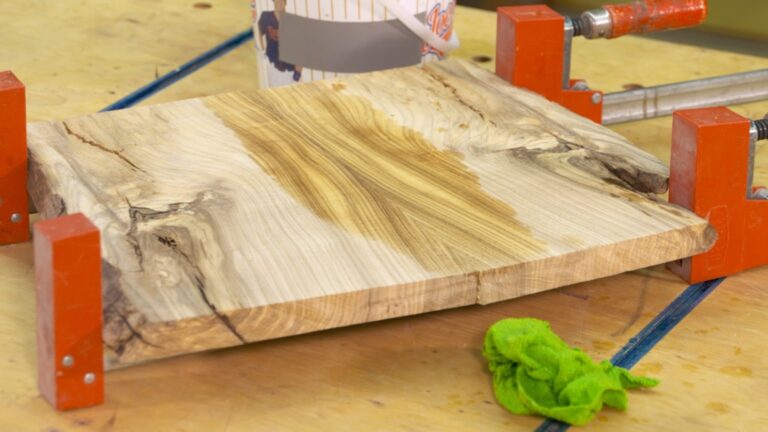
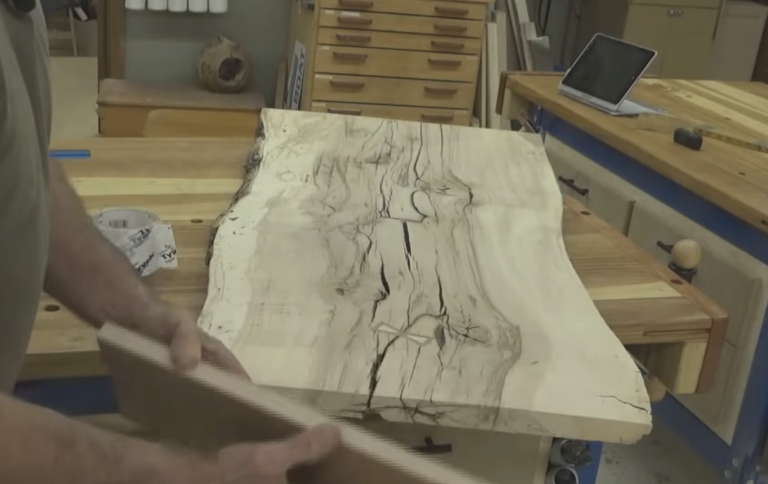

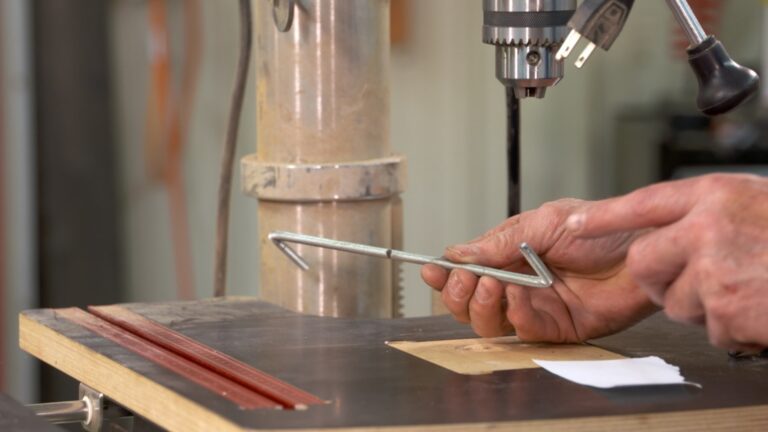

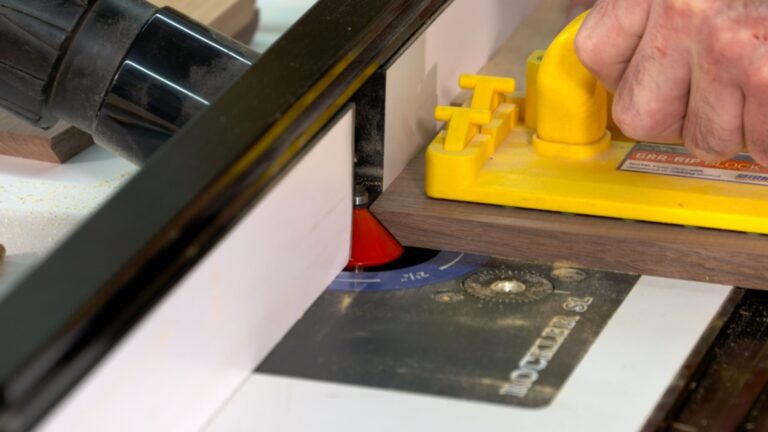

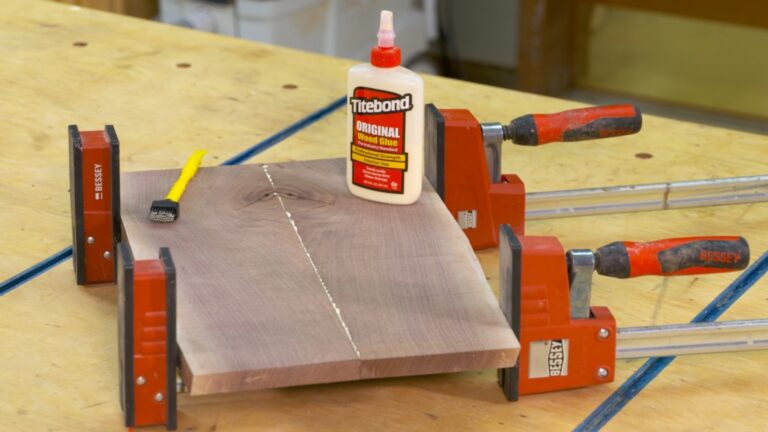
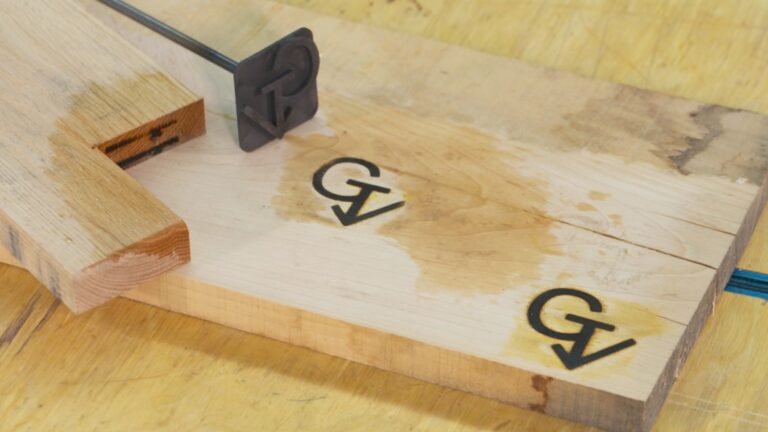
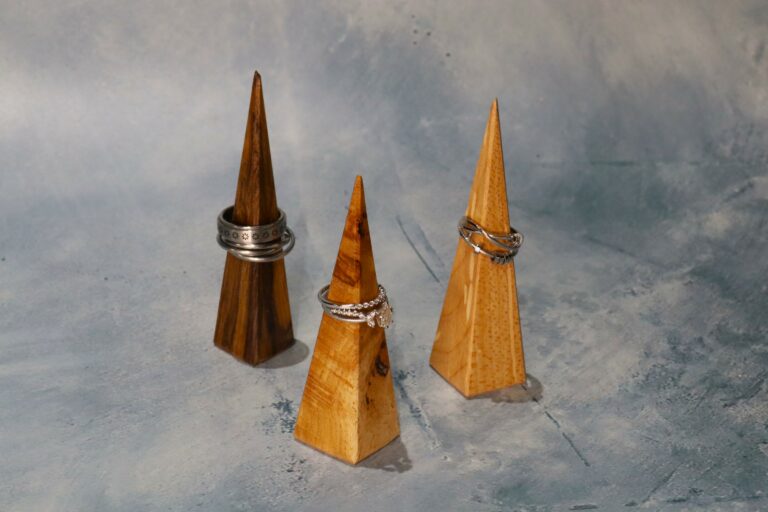
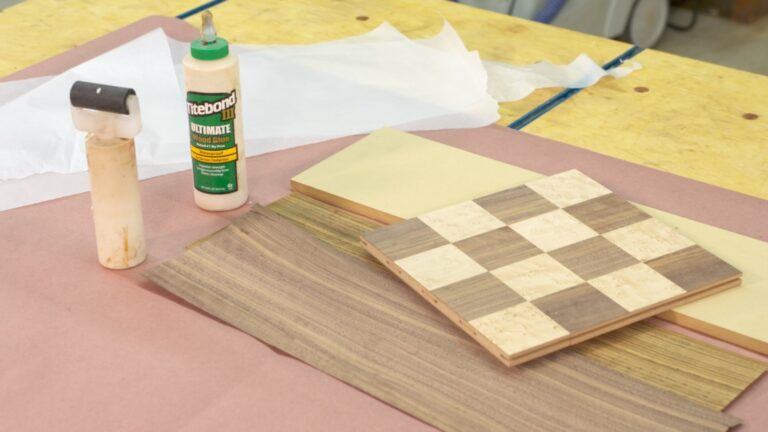
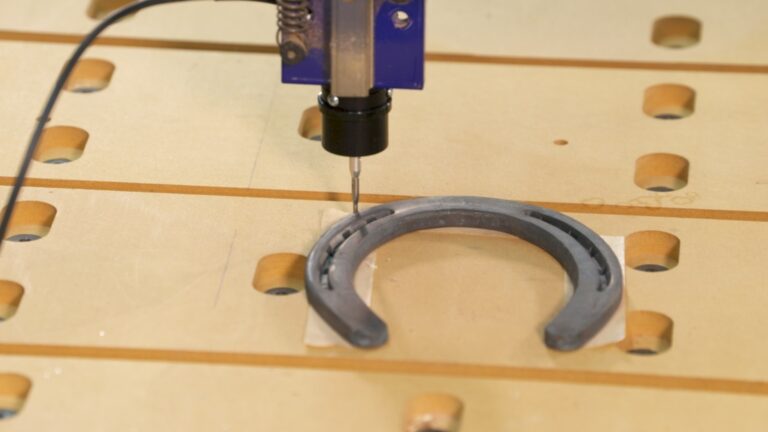
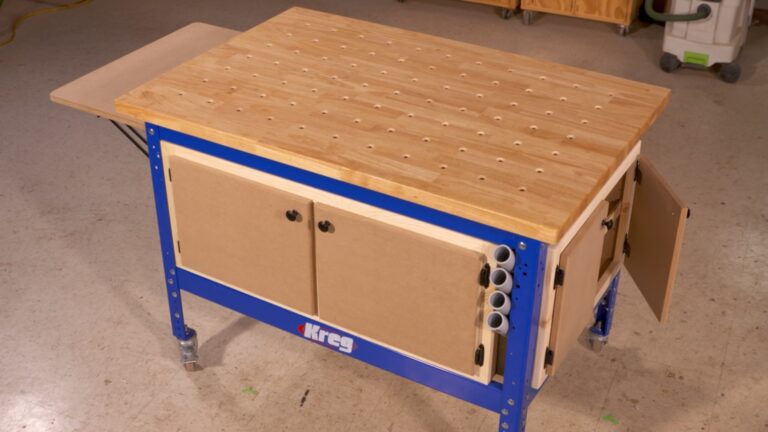


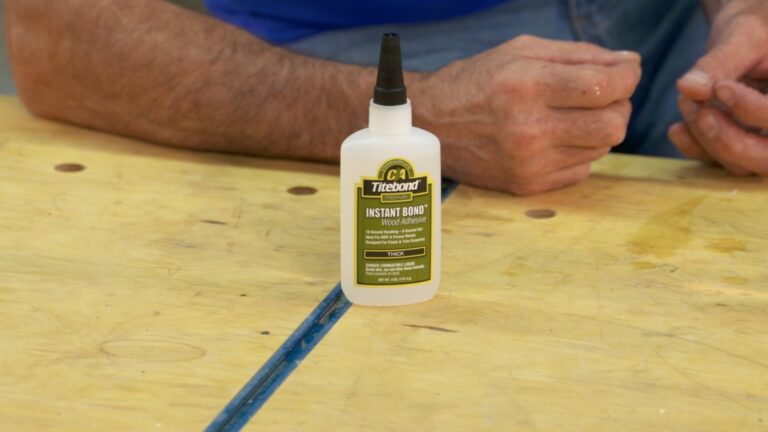
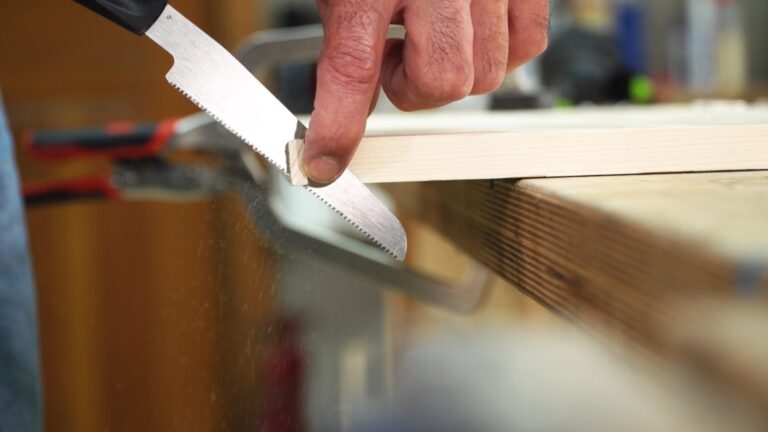

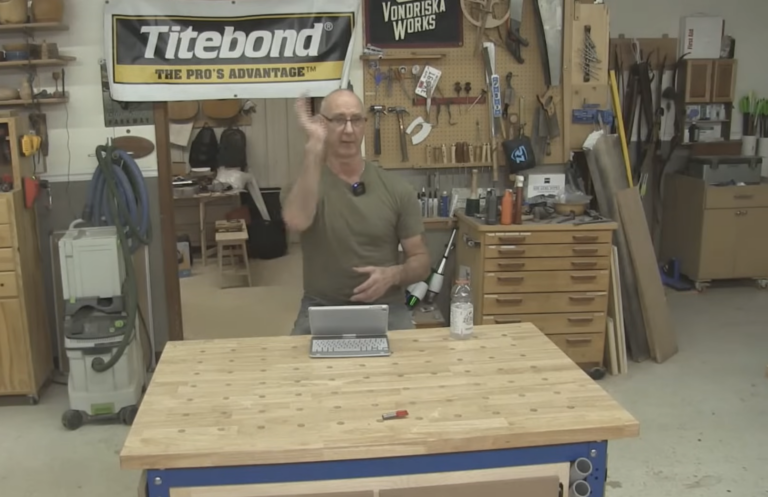
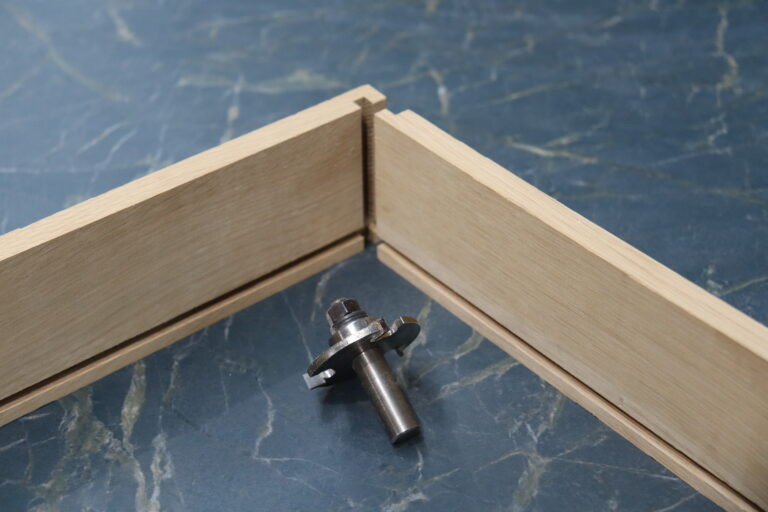
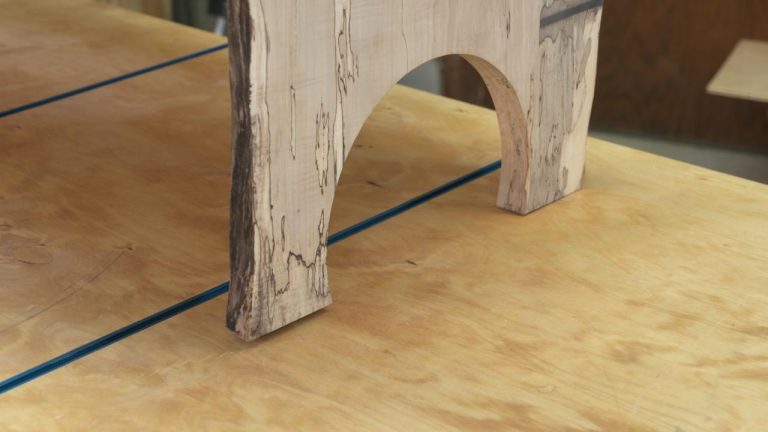
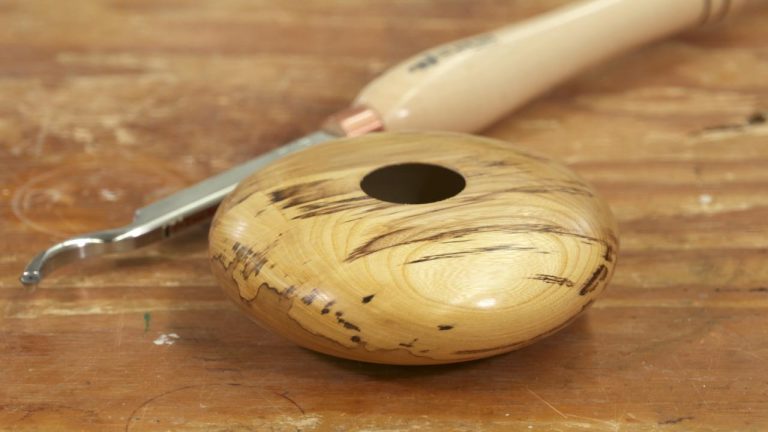
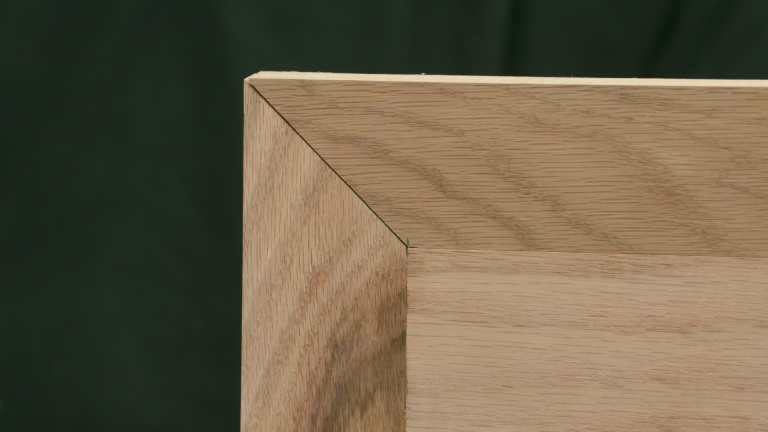
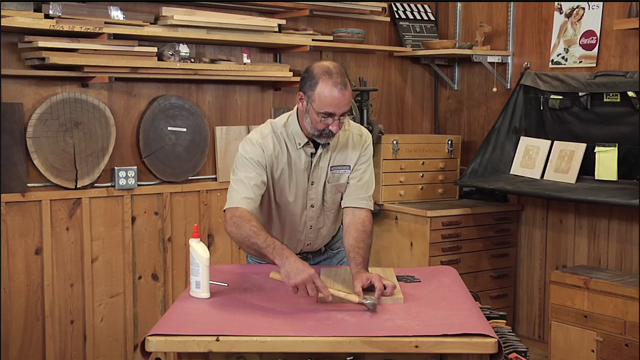
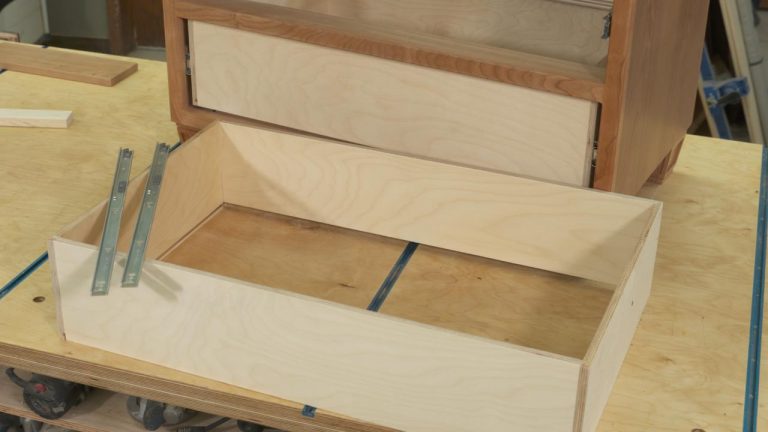
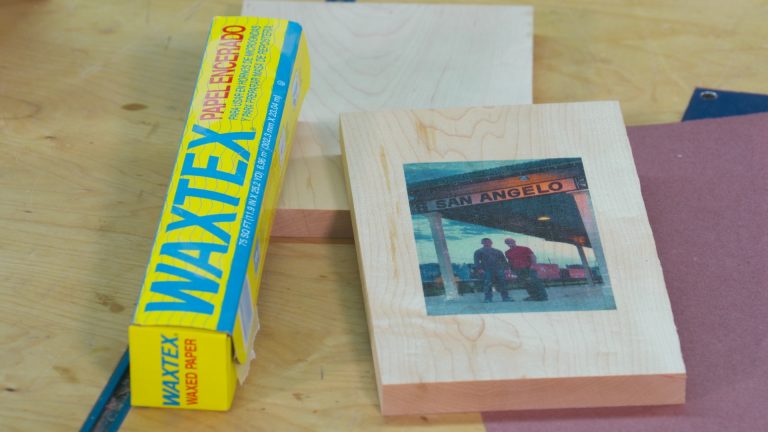
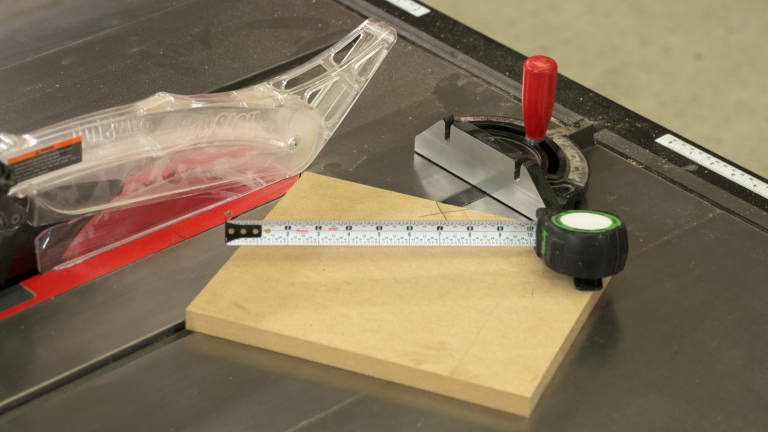
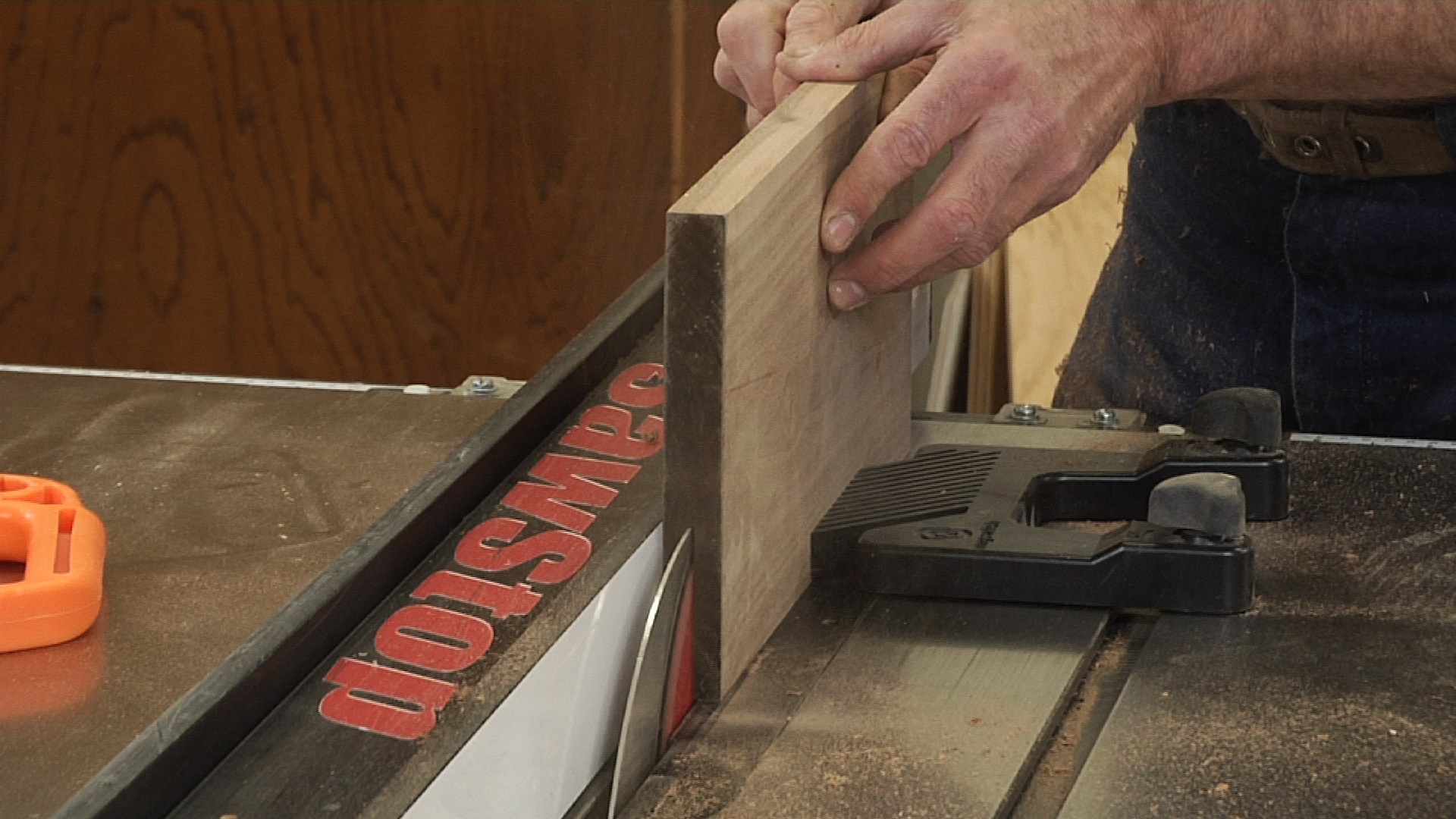

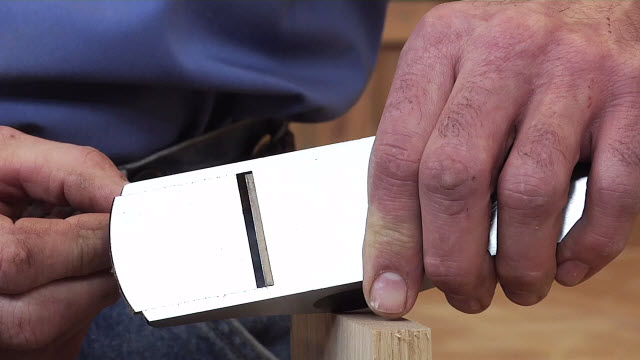
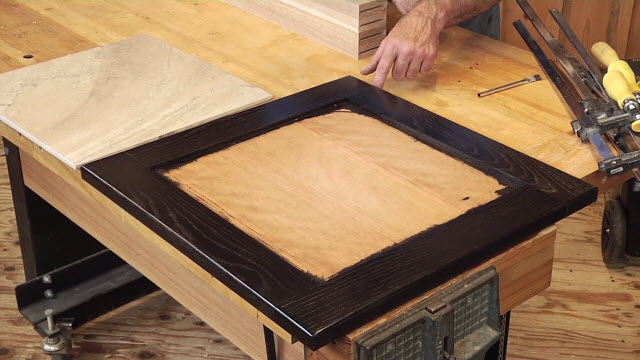

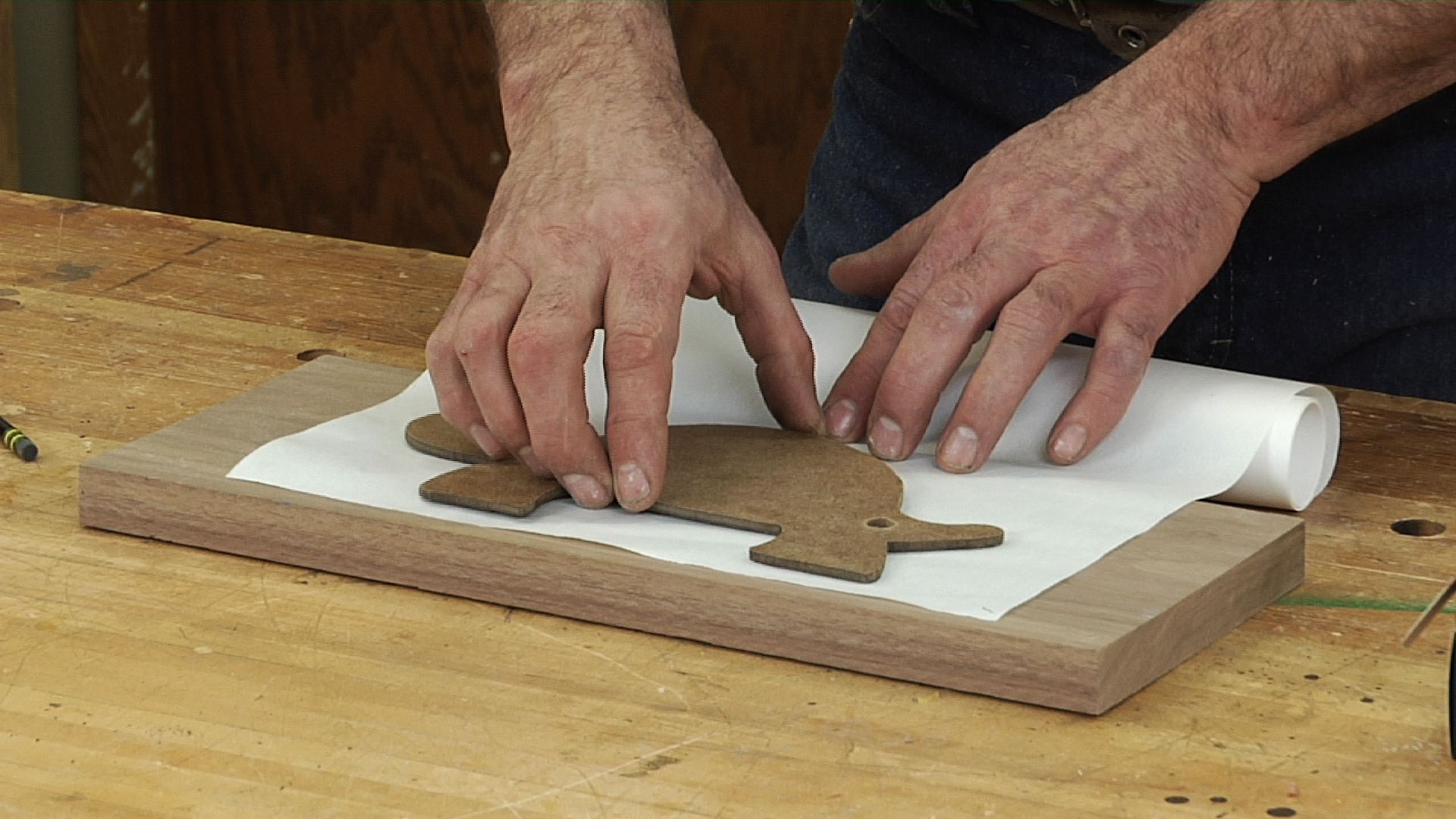
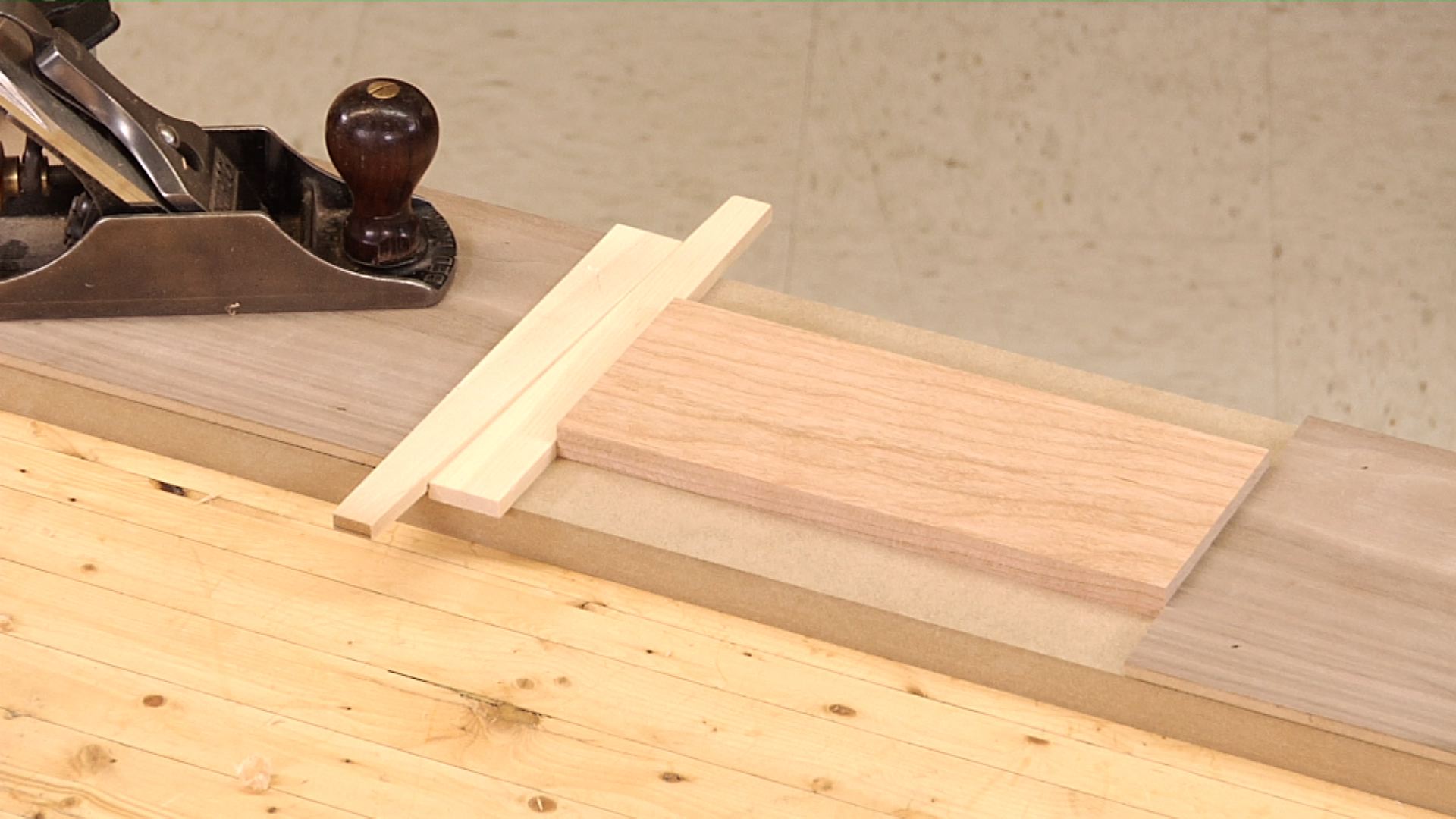

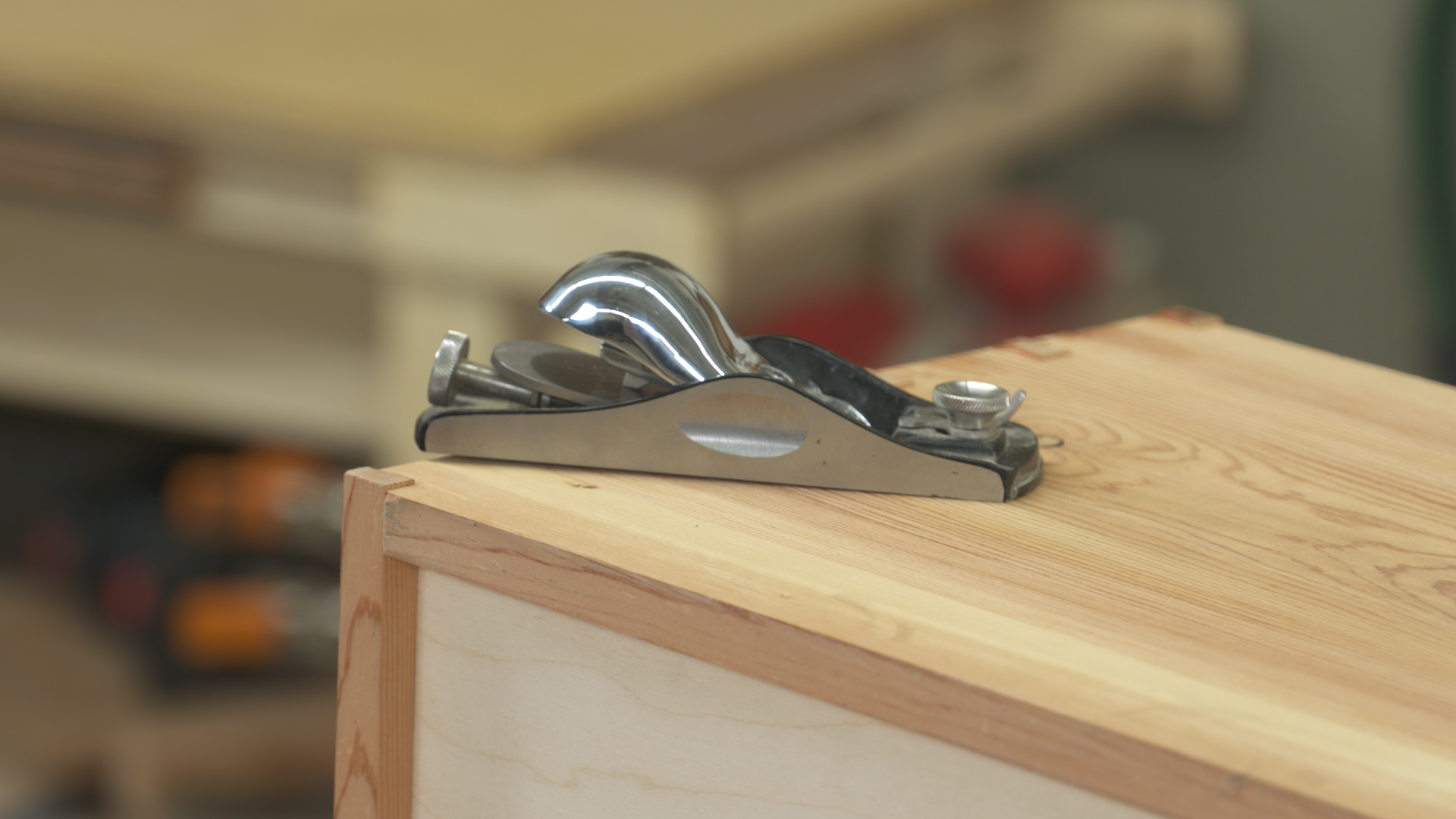
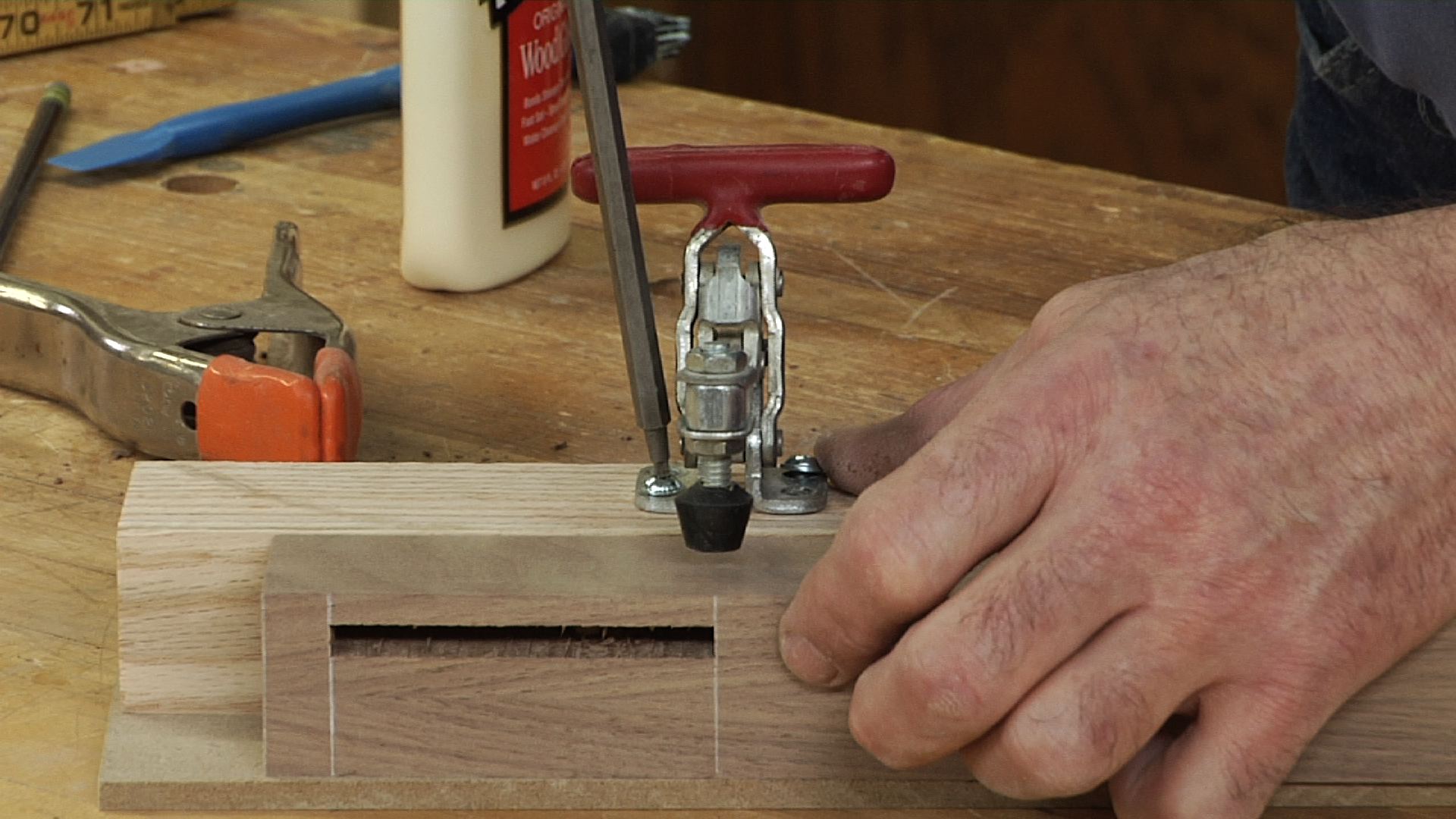




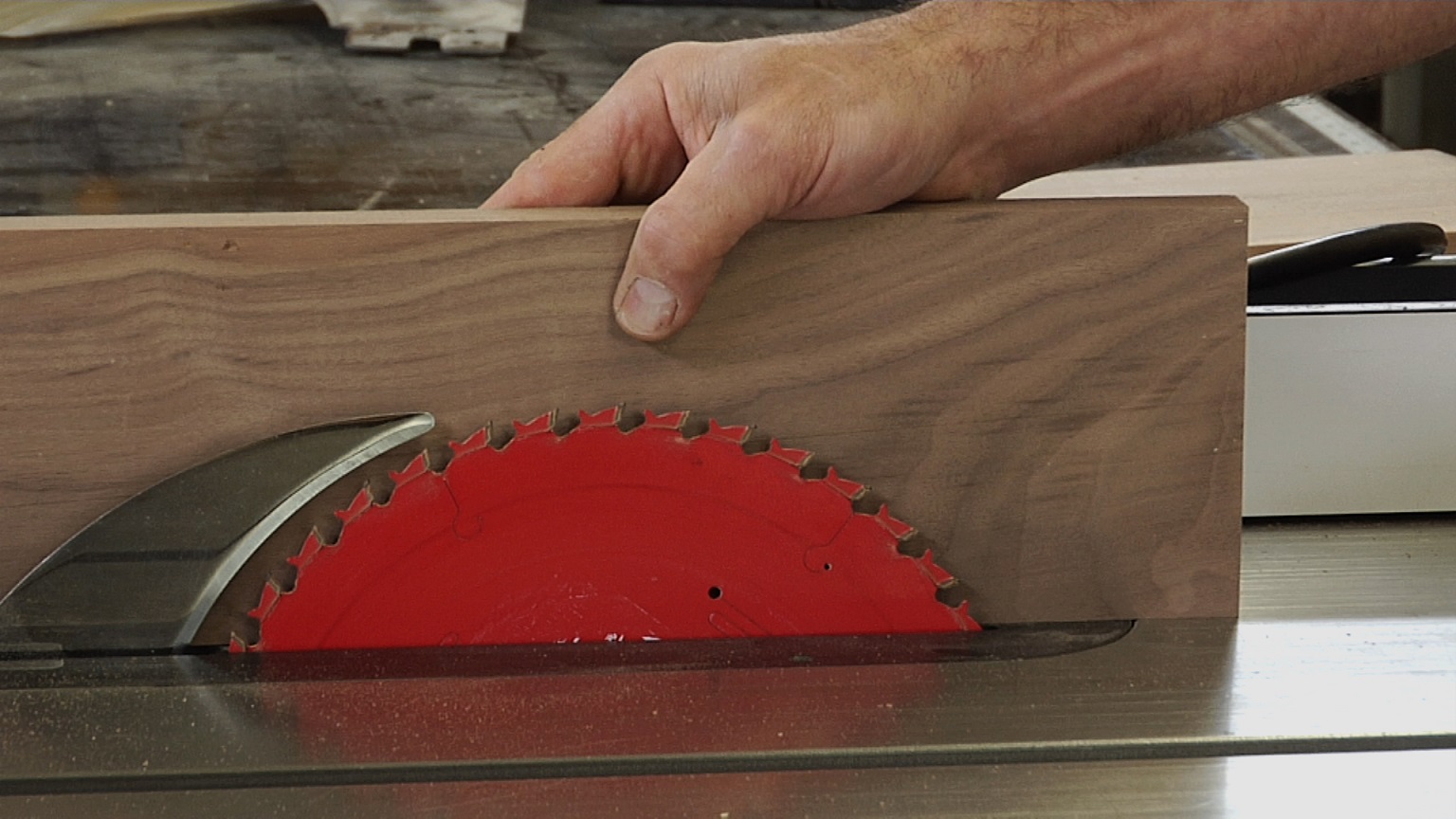

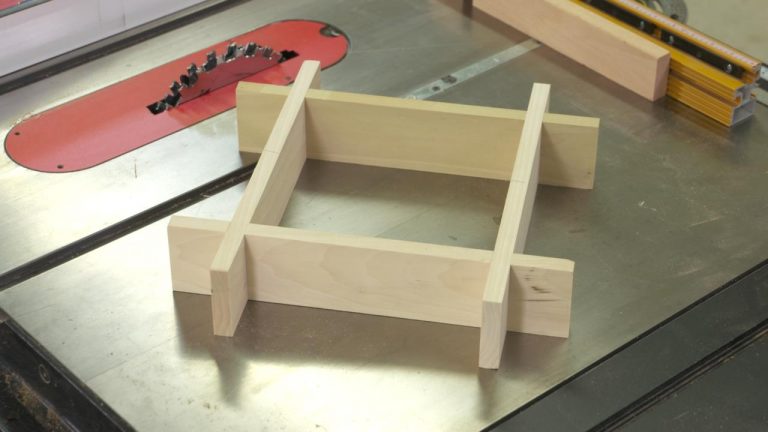
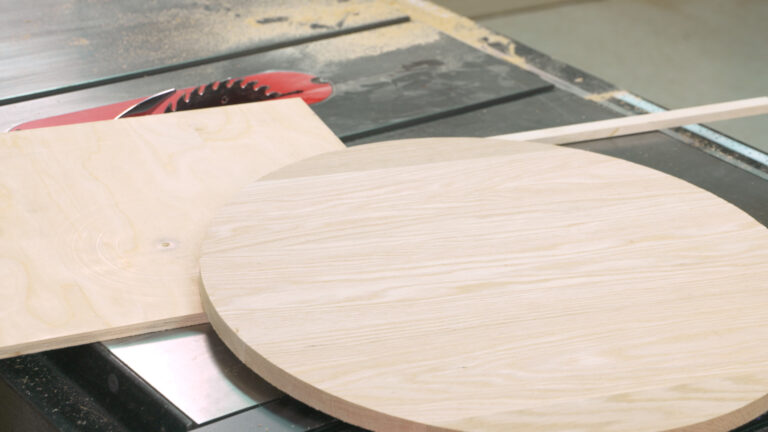
George, my only problem is that the line marking the center is not a true perpendicular dot. I say this because since the lines run close together it makes the line marking the center run together for about an eighth of an inch or so. So, can I lay the two first square lines more away from each other?
Great process for finding the center. It is suggested that, instead of flipping the square, rotate the square roughly 90 degrees for a sharper point where the two diameters cross. Thank you.
There are two ways of finding the center that gives you a more acute bi-section. one would be to just use a ruler and measure the O.D. (outside diameter) and divide it by 2. Measure in half the O.D., and make a mark. Rotate the ruler 90 degrees and do the same. If you are drawing a circle using a compass or trammel points. Strike a straight base line, lay out the O.D. and mark the center.
Seems like a lot of extra work when you already know the center when drawing the circle in the first place. Just make a pencil mark where you are going to place the needle end of the compass and you have your center.
Greater accuracy would be achieved if the square were rotated 90 degrees to obtain the second diameter, in which case the two "lines" (diameters) would intersect at right angles rather than the very acute angles exhibited in the demo.
Bill Giles has a good discussion on errors. Not only is it difficult to see the intersections point when the diameters you draw are at a small angle with respect to each other, but the error is, in fact, somewhat greater than if your diameters are closer to perpendicular. Moreover, drawing a third diameter is a good error check, as the third intersection(s) should be coincident with the first intersection, if all is perfect.
Wow, that wasn't exactly intuitive and I agree with Bill that the very shallow acute angle makes it difficult to accurately find the exact intersection, especially if you're using a dull pencil. I would have drawn a square around the circle with the sides being exactly tangential and the leg of the square being placed on the last drawn line to ensure the new lines are exactly at right-angles. Once the square exists with the sides tangential to the circle, draw lines from opposite 90 degree inside corners and the resulting X is centre.
This works because the 90 degree angle points to making a semi circle on the circumference. If you were to put the point on one of the marks and then made your second set of marks then the “cut” would be near 90 degrees and less susceptible to error. With the narrow cut shown in the video a small error is exaggerated. Imagine if the angle between the two was tiny, then it would actually be quite hard to pinpoint the centre of the circle.